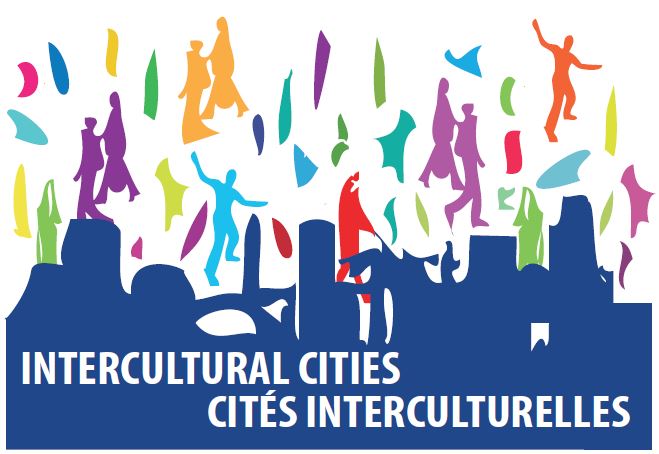Module 1 - Inclusive communication
Communication is everywhere. Wherever we go we receive information - outdoors on posters, through our phones and computers, in newsletters, newspapers, magazines, on TV, through podcasts, on social media, in discussions with others…
The messages are stored in our brains, even when we are not aware of receiving them. Therefore, as communicators we must pay particular attention to what, when and how we share our messages.
Communication is highlighted in the Intercultural Cities Index as an important tool to ensure each city develops effective intercultural strategies. All aspects of a municipality's work should be looked at through an intercultural lens to achieve the goal of transforming the city into a fully inclusive place.
This first module aims to help you:
- Understand what we mean by inclusive communication
- Reflect on the importance and advantages of adopting inclusive communication
- Gain awareness on strategies and ideas you can implement on a daily basis
Please take the time to familiarise yourself with the policy brief Inclusive communication.
Use this checklist to assess if your communication is inclusive:
- Is your language simple and easy to understand for all groups?
- Is your language gender neutral?
- Is the text big enough for everyone to read?
- Do you use images and icons with text to help illustrate the contents?
- Is your communication available in all the main languages spoken within the migrant communities and minorities?
- Did you spread the information in all places needed to reach out to all communities?
- Do the images used represent different groups and communities?
- Are daily news from different communities and groups equally reported on?
- Do you collaborate regularly with other departments to collect news and proofread the communication materials?
- Does the staff that develops news and campaigns reflect the composition of the city?
- Does the city provide training and awareness raising for communication staff?
Take some minutes to consider the following questions which may help you identify areas to address:
- Take a brief walk around your city - how many ads are accessible to everyone? How many portray the city’s diversity? How many can be easily misinterpreted?
- List all local organisations that you know could help you reach more people and improve your communication. Research more if you do not have many. Do not forget smaller informal groups and associations. Try to have every group represented.
- Is your city making full use of being part of a global network of intercultural cities? Are there areas where your city could join forces with others to enforce your messaging?
- Which messaging of your city is suitable for a wider audience? Are there international days you celebrate?
- Who is in your audience? What stories have they already heard and how will this affect how they will interpret your narrative?
- Is your story diverse? Does it highlight overlapping values? Does it leave your audience ready to find the solution?
What is the story of your city?
There is tremendous power in telling a story to an audience because they listen to it together. It all comes down to telling a good story – a bad one won’t do. Stories are central in shaping perceptions, challenging prejudices and preconceptions as well as in creating a sense of a shared humanity – which goes to the heart of intercultural communication.
An effective alternative narrative should incorporate emotions and acknowledge that we all adjust reality and facts to fit existing beliefs, as such beliefs can be deeply rooted. This is why intercultural stories should build upon existing stories, when possible, referring to well-known images of the city. The communication should also actively counter stereotypes.
Identification is your best friend when telling a story with the aim to make people take action. Identification is what connects your protagonist and your audience and what conveys your message. That is why you could tell the story with the audience as the protagonist – or at least someone that they may readily identify with. It is also why the status quo at the start of your story should resemble the status quo of your audience.
- Understand your own values and use them when communicating.
- Describe yourself, your audience or your story’s characters as complex overlapping human beings.
- Refer to concrete persons and stories.
- Argue your case using the values of those you want to persuade.
- Show change can be achieved by demonstrating it has been done before.
- Define a collective identity and link it to your message.
- Use the story structure: Status quo – trouble/hardship – solution/lesson.
- Give your story an open ending with a problem only the audience can solve.
- Consider asking the audience to publicly commit to taking action, if that is the objective of your speech.
Extract from “How to tell the intercultural story” by Rune Kier Nielsen



